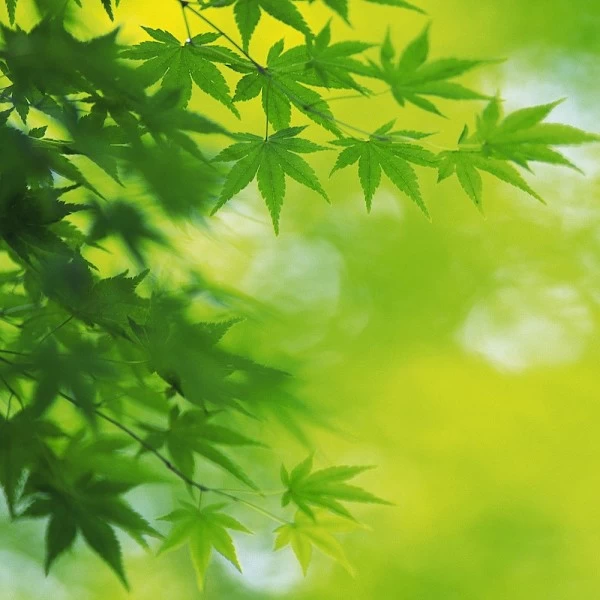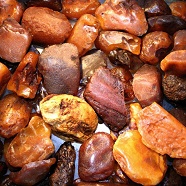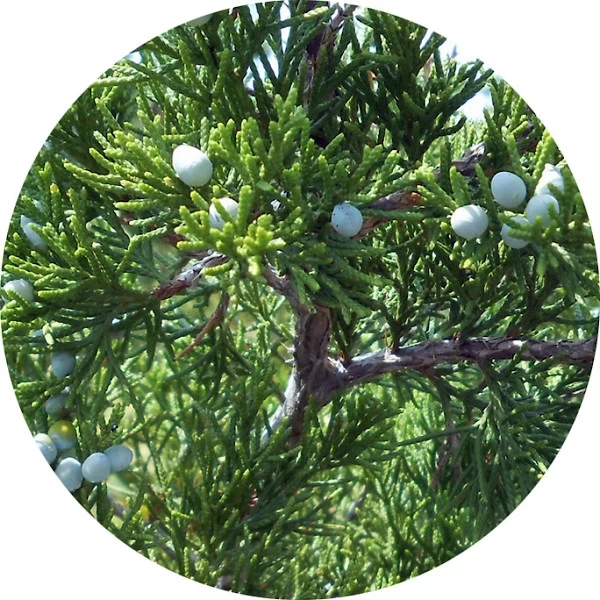In modern perfumery, raw materials of Atlas or Himalayan cedar are most often used. However, this note in the fragrance pyramid is usually understood as Virginian and Texan. From a botanical point of view, the latter belong to junipers, but they have a different name. In addition to the actual natural essential oil of cedars (or junipers), cedar notes can be designated modified semi-synthetic isolates, which different manufacturers offer under different trade names: methylkedrilketone (woody, leather-balsamic, sweet, with a hint of vetiver), cedarwood (dry, amber, slightly dusty), ambrocenide (powerful amber with a hint of oud), as well as fully synthetic materials, for example, Palisandin from Symrise. Atlas cedar is the name of the plant according to the botanical classifier: Cedrus atlantica Parts of the plant going into processing: wood Types of raw materials obtained: essential oil, absolute, resinoid Methods of preparation: distillation, extraction Olfactory group: Woody Position of cedar notes in the olfactory pyramid: middle and base notes with the presence in the initial phase Additional information: Atlas cedar oil is extremely common and popular with perfumers. It is considered one of the main types of raw materials used in the creation of wood compositions. Its olfactory characteristics have a wide range and depend on the geographical features of the growth and the distillation method. The main features of the aroma of Atlas cedar essential oil are woody sweetness with honey and urine tints, as well as floral-powdery and medical nuance in the initial phase of odor development. The essential oil has a viscous consistency and, depending on the conditions listed above, may have a color ranging from light yellow to dark orange and even brown. By extraction method, resinoid and absolute are obtained from Atlas cedar wood, the olfactory characteristics of which do not include the hormonal and medical nuances inherent in essential oil, but bring the smell of the resulting raw materials closer to the smell of fresh wood, and also have more pronounced balsamic tones. The most plausible (approximating or copying the smell of natural raw materials) sound of Atlas cedar can be found in the fragrances Fraîcheur Végétale Cèdre Bleu Yves Rocher, Cèdre Serge Lutens, Cèdre Atlas Cologne Absolue Atelier Cologne, etc. Himalayan cedar is the name of the plant according to the botanical classifier: Cedrus deodara Parts of the plant going into processing: wood Types of raw materials obtained: Oil Production methods: distillation Physical characteristics of raw materials: dense, viscous, yellowish to dark amber liquid Olfactory characteristics of raw materials: sweet-woody, balsamic, at the beginning slightly camphor and medical Olfactory group: Tree Positions in the olfactory pyramid: the middle and base note of the composition with the dominant or main odor of the component: Zoologist Perfumes Rhinoceros, Odin 01 Nomad (Sunda), Nest Verde and others.

0%










.svg)
